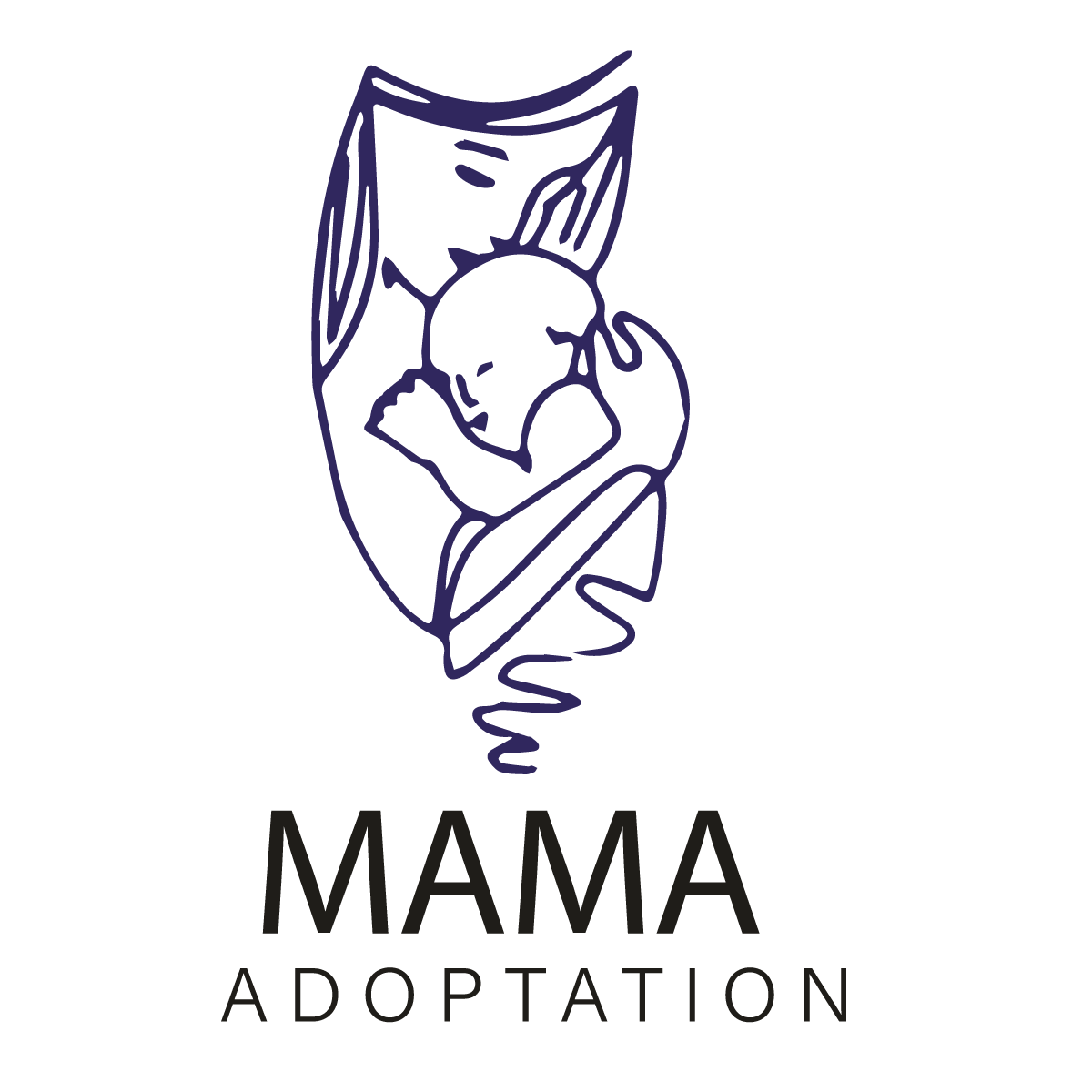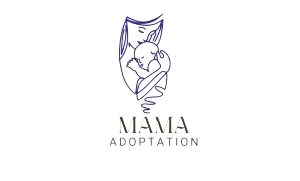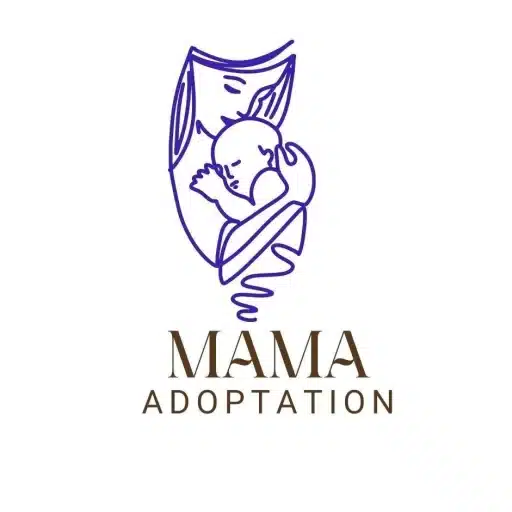Cloth diapers have come a long way from their humble beginnings, and many parents are opting for these eco-friendly alternatives to disposable diapers. Cloth diapers, as the name suggests, are reusable diapers made from fabric. Unlike disposable diapers, cloth diapers can be washed and used again, making them a sustainable choice for parents who want to reduce their environmental impact. They come in various styles, including prefolds, flats, fitted diapers, pocket diapers, all-in-one diapers, and more. Cloth diapers are often secured with snaps, Velcro, or diaper pins, and they may require a separate waterproof cover to prevent leaks. These diapers can be used from birth through potty training and are available in different sizes to accommodate a baby’s growth. Cloth diapers have gained popularity among parents who seek eco-friendly and cost-effective diapering solutions for their infants and toddlers. A Survey in the United States states 21% of people use reusable diaper clothes.
- How to make Cloth Diapers?
- Are Cloth Diapers Better than Disposable?
- How to Use Cloth Diapers?
- How to Know When to Change a Cloth Diaper?
- How to Wash Cloth Diapers?
- 10 Common Types of Cloth Diapers
- What are the Benefits of Using Cloth Diapers?
- How to Choose the Right Cloth Diaper?
- Are Cloth Diapers Worth It?
- Conclusion:
As an expert pediatrician , let’s delve into the world of cloth diapering and explore how to use cloth diapers effectively.
How to make Cloth Diapers?
Creating cloth diapers at home is a fulfilling and cost-effective endeavor that allows you to tailor diapers to your baby’s needs.
- Start by choosing soft, breathable fabrics like cotton or flannel for the outer and inner layers, with optional waterproof material for added protection.
- Cut the fabric according to a chosen pattern, and sew the layers together, leaving an opening for turning.
- After turning and topstitching for a polished look, incorporate absorbent inserts made from materials like microfiber or bamboo. Add closures, such as snaps or Velcro, for a secure fit.
Testing the diaper on your baby allows for adjustments to ensure comfort and functionality. Provide washing instructions, and feel free to personalize your creations with various fabric patterns and colors.
Are Cloth Diapers Better than Disposable?
The choice between cloth and disposable diapers requires thorough evaluation of a number of variables. Because they may be repurposed and so reduce landfill waste, cloth diapers are praised for being environmentally friendly. They could be more expensive up front, but the long-term savings and the possibility of using them with numerous kids make them a desirable choice. It’s also common knowledge that cloth diapers are kinder to a baby’s skin, even if they take more time and effort to maintain. However, the environmental effect and continuous expenses of disposable diapers might be major disadvantages. Disposable diapers, on the other hand, provide unparalleled convenience, particularly when traveling. Individual choices, lifestyles, and priorities ultimately determine whether to use cloth or disposable diapers; some families even choose to use a combination of the two depending on
How to Use Cloth Diapers?
Using cloth diapers is a straightforward process that becomes second nature with a bit of practice. Begin by gathering the necessary supplies, including cloth diapers, inserts, diaper covers, wipes, and diaper rash cream. Pre-wash the diapers to enhance absorbency. When ready to change your baby, lay the cloth diaper flat and position your little one on it, making sure the absorbent part is centered. Fasten the diaper securely, whether using pins, Velcro, or snaps, and check for a snug but comfortable fit. Change diapers every 2-3 hours or sooner if needed, and dispose of solid waste into the toilet before storing used diapers in a designated pail. Regularly wash diapers every 2-3 days following the manufacturer’s washing instructions. Finally, maintain a routine to keep your baby comfortable and prevent diaper rash. With time, using cloth diapers will become a seamless and eco-friendly part of your childcare routine.
How to Know When to Change a Cloth Diaper?
Knowing when to change a cloth diaper is crucial for keeping your baby comfortable and preventing diaper rash. Here are some indicators to help you determine when it’s time for a diaper change:
- Feeling the Diaper: Gently touch the outside of the diaper to check for wetness. Cloth diapers don’t have the same indicators as disposable diapers, so a hands-on approach is necessary.
- Checking the Elastic Leg Openings: If the leg openings of the diaper feel damp or wet, it’s a sign that the diaper is saturated and needs changing.
- Observing Your Baby’s Behavior: Some babies become fussy or uncomfortable when their diapers are wet. If your baby seems irritable or is showing signs of discomfort, it may be time for a change.
- Establishing a Routine: Change diapers at regular intervals, typically every 2-3 hours, even if the diaper doesn’t feel very wet. This routine helps prevent diaper rash and ensures your baby stays dry.
- Checking for Soiling: If your baby has soiled the diaper with feces, it should be changed immediately to maintain hygiene and prevent skin irritation.
- Using Diaper Inserts as a Guide: If you’re using cloth diaper inserts, follow the recommended guidelines for changing based on your baby’s age and the absorbency of the inserts.
- Monitoring Overnight: Overnight diaper changes may be less frequent, but it’s essential to check for wetness or soiling if your baby wakes during the night or in the morning.
- Diaper Smell: Cloth diapers should not have a strong ammonia smell. If you notice an unpleasant odor, it may be an indication that the diaper needs changing.
- Visual Inspection: A quick visual inspection can reveal wetness or soiling. Modern cloth diapers often have a moisture-wicking layer that helps keep your baby feeling dry.
- Preventive Changes during Activities: Change the diaper before or after activities such as feeding or playtime to ensure your baby is comfortable.
By paying attention to these cues and establishing a regular changing routine, you’ll be able to keep your baby’s diaper dry and minimize the risk of diaper-related discomfort or issues. Remember that each baby is unique, so adjust your routine based on your baby’s specific needs and preferences.
How to Wash Cloth Diapers?
Cleaning cloth diapers is essential to preserving their effectiveness and guaranteeing your baby’s comfort. First things first: take out any solid trash and choose a dry or wet pail to store old diapers in. Run a pre-rinse or pre-wash cycle to get rid of pee and debris before the main wash. Use a detergent designed for cloth diapers for the primary wash, and make sure the water temperature and detergent amount are according to the manufacturer’s instructions. To guarantee complete detergent elimination, add one additional rinse cycle. Cloth diaper service charge aproximetly 20-35 dollars per week.
For natural disinfection, use sunlight and follow the manufacturer’s directions while drying, either by line drying or tumble drying. Wash diaper inserts and covers separately, following the manufacturer’s recommended care guidelines. Should you notice reduced absorbency or lingering smells, you could want to strip the diapers.
Remember to use a detergent without additives, avoid excess detergent, and follow the care instructions provided by the diaper manufacturer for optimal performance and longevity.
How to strip cloth diapers?
To effectively strip cloth diapers, start by filling a bathtub with hot water. Rinse the diapers to get rid of any mess, and then add a stripping agent like one cup of white vinegar or a special solution for cloth diapers. Let the diapers soak in this mixture for a few hours or overnight, giving them a gentle swirl to release any residues. Afterward, drain and rinse the diapers thoroughly. Toss them into the washing machine with a bit of mild detergent, and consider an extra rinse cycle. Dry the diapers according to the instructions, preferably in the sun. Check for cleanliness and absorbency afterward. Remember not to strip too often, following the diaper manufacturer’s advice, and do so if you notice reduced absorbency, persistent odors, or if your baby’s skin is irritated.
Do you Really Save Money Using Cloth Diapers?
Choosing cloth diapers can result in long-term savings, although the extent of the financial benefit depends on various factors. While the upfront cost is higher compared to disposable diapers, the investment is one-time, and cloth diapers can be reused for subsequent children. According to Children’s Hospital of Los Angeles the answer is yes, you can really save money by using cloth diapers. The type of cloth diaper you choose, your washing habits, and the frequency of diaper changes also impact the overall cost-effectiveness. All-in-one diapers may have a higher initial cost, but their convenience can be a factor. The ongoing expense of buying disposable diapers is eliminated with cloth diapers, and the potential resale value of used cloth diapers can contribute to cost savings. Additionally, the environmental benefits of reducing waste may be a significant factor for families choosing cloth diapers. Ultimately, the decision to use cloth diapers involves balancing upfront costs with long-term savings, environmental considerations, and personal preferences.
10 Common Types of Cloth Diapers
Understanding the different types of cloth diapers is crucial for successful cloth diapering. Each type has its unique design and features and choosing the right one depends on personal preferences and lifestyle. Here’s a detailed explanation of the most common types:
1. Prefold Diapers:
- Design: Rectangular pieces of fabric divided into three sections (a thicker middle and two thinner sides).
- Use: Folded and fastened around the baby, usually secured with pins or diaper fasteners.
- Cover: Requires a waterproof cover to prevent leaks.
2. Flat Diapers:
- Design: Single-layer square or rectangular pieces of fabric.
- Use: Folded to the desired thickness and shape, then secured with pins or fasteners.
- Cover: Requires a waterproof cover for added protection.
3. Fitted Diapers:
- Design: Contoured shape with elastic around the legs and waist, often with snaps or Velcro closures.
- Use: Easily fastened without the need for pins or fasteners.
- Cover: Some have built-in waterproof layers, but others may require an additional cover.
4. Pocket Diapers:
- Design: Outer layer with a pocket opening, and an inner layer that wicks moisture away. Includes inserts for absorbency.
- Use: Insert absorbent material into the pocket before putting on the baby.
- Cover: The outer layer acts as a waterproof cover.
5. All-in-One (AIO) Diapers:
- Design: A single, self-contained diaper with an outer waterproof layer and an inner absorbent layer
- Use: Fasten around the baby without the need for additional inserts or covers.
- Convenience: Easy to use but may take longer to dry due to the all-in-one design.
6. All-in-Two (AI2) Diapers:
- Design: Consists of a waterproof outer cover and a snap-in absorbent insert.
- Use: The absorbent insert can be changed while reusing the outer cover.
- Flexibility: Provides the convenience of an all-in-one with the option to reuse the cover.
7. Hybrid Diapers:
- Design: Combines a reusable cloth cover with disposable or biodegradable inserts.
- Use: Offers the flexibility to use cloth or disposable inserts interchangeably.
- Convenience: Ideal for families who want the benefits of cloth without a full-time commitment.
8. Contour Diapers:
- Design: Similar to prefolds but without the multiple sections. Contoured to fit the baby’s shape.
- Use: Fastened with pins or fasteners and requires a waterproof cover.
9. Training Pants:
- Design: Resemble underwear but have additional absorbency for accidents.
- Use: Ideal for potty training, providing a bridge between diapers and underwear.
10. Swim Diapers:
- Design: Waterproof diapers designed for use in the pool.
- Use: Typically made of lightweight, quick-drying fabric to contain solid waste without absorbing water.
Choosing the right type of cloth diaper depends on factors such as convenience, budget, and personal preferences. Some families opt for a combination of types to meet different needs at various stages of their baby’s development.
What are the Benefits of Using Cloth Diapers?
Choosing cloth diapers offers a range of benefits for both babies and the environment. From an ecological perspective, cloth diapers significantly reduce waste compared to disposable counterparts, contributing to a more sustainable lifestyle. The financial advantages are noteworthy as well, as cloth diapers are reusable, translating to substantial long-term cost savings for parents. Beyond environmental and economic considerations, cloth diapers prioritize the well-being of babies by offering breathable fabrics, adjustable fits, and reduced exposure to potentially harmful chemicals found in some disposable diapers. Cloth diapers also promote early potty training by allowing babies to feel wetness. Additionally, their durability makes them suitable for reuse with multiple children, extending their lifespan. The variety of stylish designs adds a touch of personalization to diapering, and the supportive community around cloth diapering provides parents with valuable advice and camaraderie. Ultimately, the choice to use cloth diapers reflects a commitment to a greener lifestyle and a desire for a healthier, cost-effective, and customizable diapering option.
How to Choose the Right Cloth Diaper?
Selecting the right cloth diaper involves considering factors like sizing, fit, absorbency, and closure systems. A well-fitted diaper ensures comfort for the baby and prevents leaks.
- Sizing and Fit: Cloth diapers come in various sizes, and choosing the right size is crucial for a comfortable fit. Adjustable diapers that grow with the baby are a popular choice.
- Absorbency: Consider your baby’s needs when selecting the absorbency level. Newborns may require less absorbency, while older babies and toddlers need more.
- Closure Systems: Cloth diapers use various closure systems, including snaps, Velcro, and hook-and-loop. Choose a closure system that is secure and easy to use.
Are Cloth Diapers Worth It?
The decision to use cloth diapers is influenced by a variety of factors, including personal tastes, lifestyle, and priorities. Cloth diapers have various features that appeal to many parents. They are environmentally friendly, minimizing the massive waste involved with disposable diapers, and because they are reusable, they can contribute to long-term financial savings. Because disposable diapers contain some chemicals, cloth diapers are frequently considered a healthier option for newborns’ skin. Furthermore, the variety of styles, materials, and designs allows parents to personalize their diapering experience. Cloth diapers, on the other hand, necessitate more effort in terms of washing and upkeep, and the initial cost may be greater than that of disposable diapers.
Conclusion:
To sum it up, choosing cloth diapers for your baby can be a great idea. Cloth diapers have improved a lot and now come in many styles. They are good for the environment, can save you money in the long run, and are often better for your baby’s skin. However, using cloth diapers means you’ll need to do a bit more work with washing and taking care of them. The decision between cloth and disposable diapers depends on what works best for you, your budget, and what you think is essential. Cloth diapering is like starting a little adventure, where you pick the ones that suit your baby and create a routine for washing. It’s not just about changing diapers; it’s also about doing something good for the Earth and making parenting more personalized. So, if you’re up for a bit more effort, cloth diapers could be a smart and caring choice for you and your baby.
FAQ’s
Q1. How do I handle cloth diapers when I’m on the go?
When you’re out, carry a wet bag to store used cloth diapers until you get home. Pack extra diapers, wipes, and a changing pad for convenience.
Q2. Can I use diaper creams with cloth diapers?
Some creams can affect the absorbency of cloth diapers. Look for cloth diaper-safe creams or use disposable liners to protect the diaper.
3. Are cloth diapers suitable for newborns?
Yes, there are cloth diaper options specifically designed for newborns. Look for smaller sizes or adjustable diapers that fit well on a newborn’s tiny frame.
4. How do I handle cloth diapers at night to prevent leaks?
Use cloth diapers with higher absorbency or add extra inserts. Some parents use fitted diapers or double up inserts for nighttime use.
Q5. Can I use cloth diapers if I have twins or multiple children in diapers?
Absolutely. Cloth diapers are reusable and can be used for multiple children. Having a sufficient stash will make it manageable.
Q6. How do I handle cloth diapers when my baby starts solid foods?
Solid waste should be removed from cloth diapers before washing. You can use liners or a diaper sprayer to ease this process.
Q7. How can I manage cloth diapering while working or using daycare services?
Provide clear instructions to caregivers about changing and handling cloth diapers. Send enough diapers, wipes, and a wet bag for used diapers.
Related: How Much Does A Cloth Diaper Service Cost? All You Need To Know








